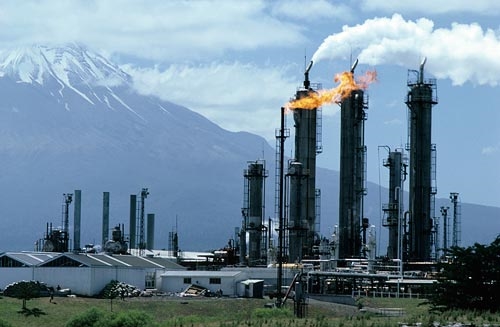There is no doubt that having a solar power system at your home will help to lower your power bill, as well as being good for the environment. However, as the timing of electricity consumption and solar generation isn’t always aligned, there is the issue of dealing with the excess supply of solar power.
In New Zealand most of the larger energy retailers provide a ‘solar buyback’ to residential customers, however these rates typically aren’t favourable in comparison to the retail cost of electricity. The average retail cost for electricity in 2018 was 29.03 c/kWh (Source: Ministry of Business, Innovation & Employment), while the solar buyback rate for the majority of energy retailers is between 6 to 8 c/kWh. This means that sending excess solar generation from your system back to the grid is not the most financially rewarding option.
So how can we better utilise this excess supply? For many people, the first thought is to store it in batteries. While having a solar and battery system is the ultimate in being able to use your solar energy around the clock, it can still involve considerable investment at this stage and is not for everyone. With this in mind, ZEN is a big fan of its customers using an entry-level storage alternative for their solar energy systems – a solar diverter.
What is solar diverter and how does it work?
A solar diverter, or some may call it a solar power controller, solar power diverter or hot water diverter, diverts excess solar electricity to your hot water cylinder (in the exact same proportion as what would otherwise be exported to the grid).
It operates by measuring the flow of electricity going in and out of your home, including excess solar electricity generated by your system. When it detects any excess solar generation, instead of letting it get exported to the grid, it will divert the excess electricity to your hot water cylinder. This has the impact of taking your water heating away from grid supplied power, using the excess solar electricity instead.
Additionally, it has a temperature probe which fits onto the hot water cylinder. This operates as a fail-safe, so that if your cylinder temperature gets under the minimum allowable temperature, it will draw electricity from the grid to keep your water at a usable temperature.

A system without solar diverter – will supply the home’s appliances as demanded at the time, with excess electricity exported to the grid directly.

A system with solar diverter – will supply the home’s appliances as demanded at the time, with excess electricity diverted to hot water cylinder to heat water.
What are the benefits of a solar diverter to owners of solar energy systems?
Without a solar diverter, your hot water cylinder will heat based on its internal thermostat and always at the set rating of its element (typically 3 kW). As such, it is uncontrolled. Timing may or may not coincide with solar generation, but will cause consumption spikes and, if during the day time, will generally draw a mix of solar energy and grid power. If solar generation happens to be light at the time when the cylinder needs heating, the grid will provide this power. If it needs heating at night time, then this is all grid power. Further to this, when the solar energy system is generating excess electricity after supplying all of the house demand, and the hot water cylinder is not in heating mode, the solar generation will be exported to the grid at a low buyback rate.
While, with a solar diverter, the excess electricity generated throughout the day is used to heat the water instead of being exported to the grid. Thus, excess solar electricity is stored in the form of ‘heat’, with this conversion and storing of excess energy saving you from paying extra for electricity from the grid for water heating.
A picture says a thousand words, so below is an example of how effective a solar diverter is. These images are taken on the same day from two separate houses in the same town, with similar sized solar systems. The top graphic doesn’t have a solar diverter in place, while the bottom graphic does:
- The grey is electricity consumption
- The green overlaid with the grey is solar generation used inside the home, including diverting to the hot water cylinder
- Bright green is solar generation being exported to the grid (bad outcome)
System without solar diverter

System with solar diverter

The alternative energy storage option
We know the best way to store excess electricity generated by a solar energy system is through using batteries. However, the investment in batteries can be a roadblock for customers looking for a more cost effective option. If you heat your water with a standard hot water cylinder and have a solar power system, or are planning to have one installed, a solar diverter is definitely a wise add-on to better utilise your solar generation and improve system performance. In fact, we have customers that have reduced their electricity consumption by more than 50% through the use of a solar power system coupled with a solar diverter. Ultimately, this provides you with a stepping stone to a self-sufficient, financially rewarding and energy independent life.

.webp)


